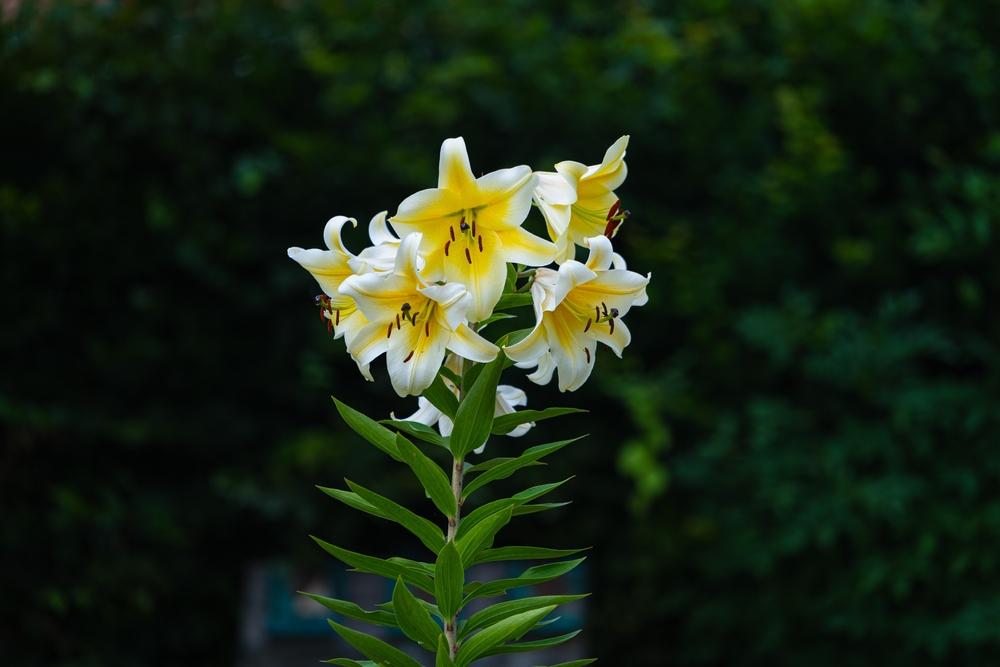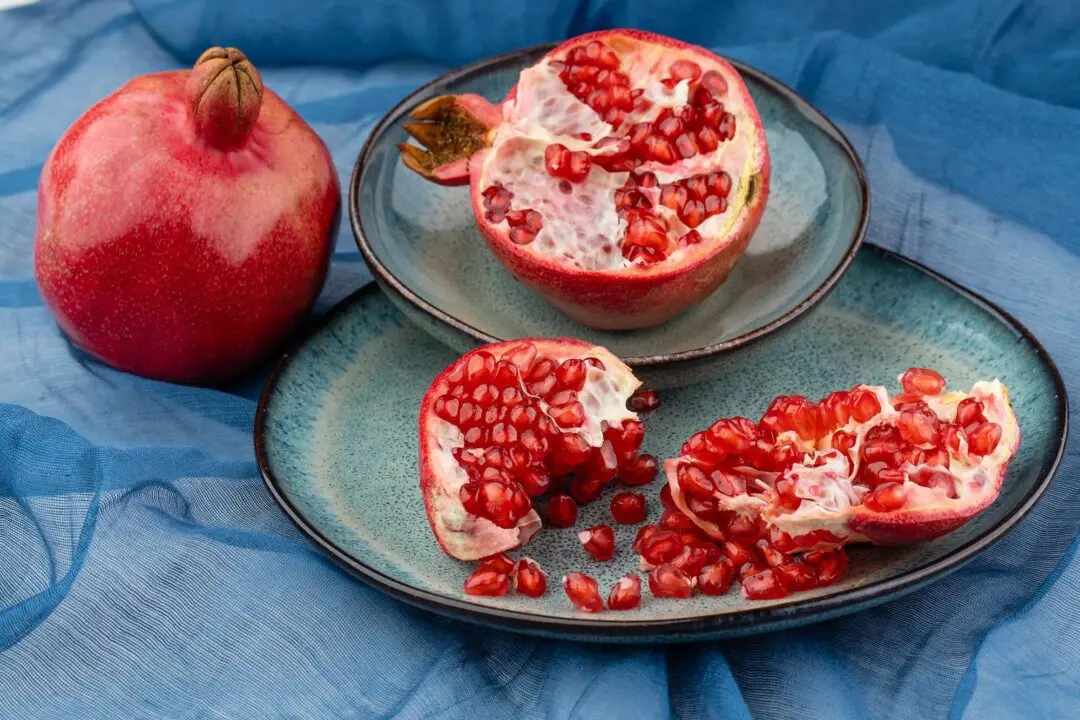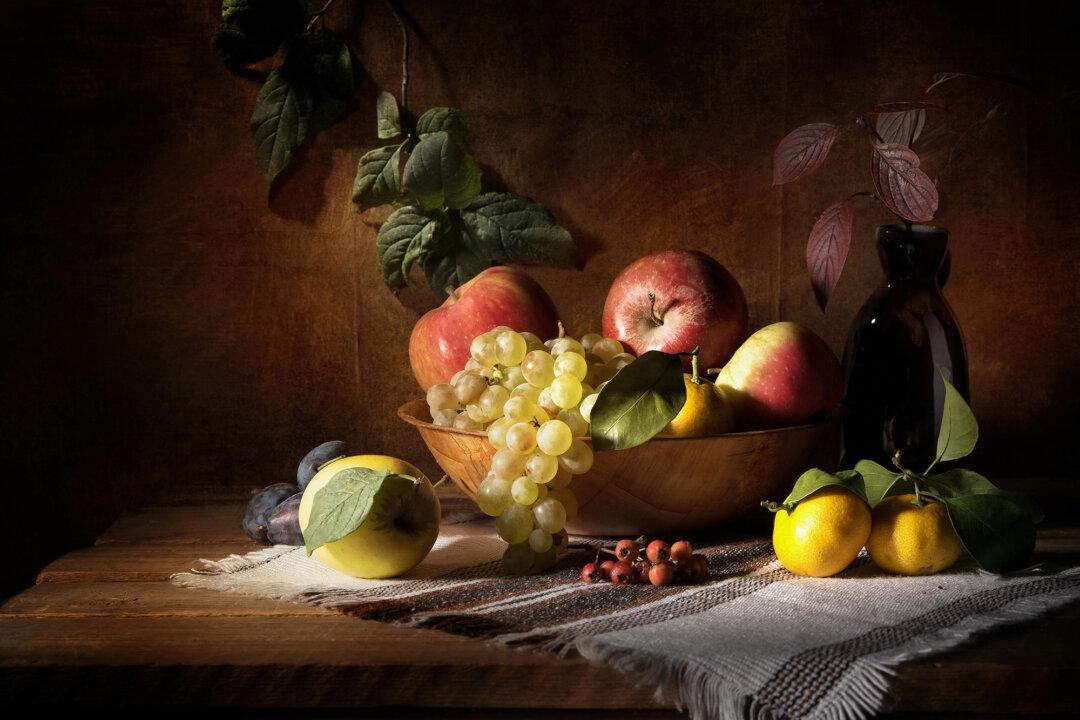The queens of my garden are showy, elegant, brightly colored, richly scented, and glisten like Dresden china. Each summer, they spend three months in the house as gracious visitors; paparazzi snap photos of them in their festive finery, and since they stand more than six feet tall, everyone looks up to them.
They’re lilies, and they’re floral perfection. With shapely, large, and numerous blossoms and vivid, painterly colors, they top the catalog of aesthetic appeal in the flower garden.
Their statuesque tall stems make them perfect for cutting or for setting the back boundary of a flower bed. Set into showy bouquets, they last longer than any other cut flower—sometimes three weeks, as each blossom bud matures and opens.
Most are delightfully scented, with a sweet redolence that ranges from subtle hints to house-filling resplendence.
“Lilies are one of the truly great garden plants. Their beauty, diversity, extended season of bloom, exquisite fragrance, graceful stature, and reliable disposition reflect the fruits of hundreds of years of selective breeding,” argues the catalog for White Flower Farm, one of the most popular lily bulb sources in America. “Your garden should not be without them.”
A Modest Queen
Despite all that adulation, lilies remain rare in the home garden; I’m the only gardener I know who grows them. I suspect their showy, elegant character leads people to think that they’re difficult, high-maintenance plants. But the opposite is true. Unlike human royalty, the grandest of all garden flowers is undemanding and low-maintenance. The initial investment in growing them is modest—up to $10 for top-notch bulbs and a few hours preparing a worthy bed.
Once they’re established, they‘ll bless your garden, your house, and your life for many years in response to fairly minimal attention. In fact, they’ll propagate themselves and give you more, doubling roughly every three years.
My lily bed measures three by 12 feet, and has reliably produced the most spectacular floral displays in my garden (and on my dining room table) over the five years since I’ve planted it. The 20 original bulbs have multiplied themselves into almost 50, some of which I have given to fellow gardeners.
And in happy contrast to the fancy results, I’ve done little to keep things thus.
I planted good quality bulbs in a bed composed of eight to 12 inches of loose, friable soil with high organic content on a clay-gravel-sand base (the latter being my original, hillside glacial till).
Planting time for lily bulbs is remarkably similar to garlic. If your winter temperatures are unlikely to fall below 10 degrees Fahrenheit, set the bulbs in the ground in October, where they'll establish roots prior to sending up stalks in March. If your climate brings temperatures below 10 but rarely below zero, fall planting works, but hedge your bets with a healthy layer of insulating mulch such as the autumn leaves you just raked up. If you’re in a below-zero zone, set the bulbs in the ground in mid-March or whenever the chance of a really hard freeze is past.




